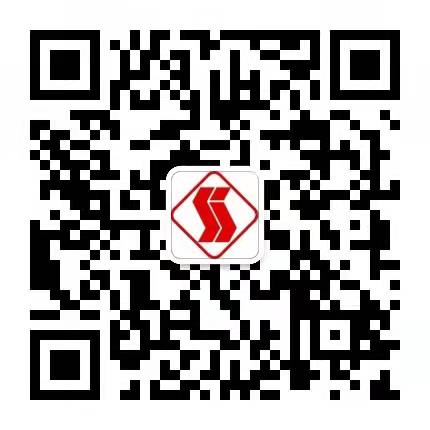Model: Q144-BC-G Q96-BC-G Q72-BC-G Q96D-BC-G
Measurement accuracy: level 1.5
Operating ambient temperature: - 25 ℃ ~ + 55 ℃
Enclosure protection grade: IP44
Q144-BC-G Q96-BC-G Q72-BC-G Q96D-BC-G Ammeter DC
Overview of Q144-BC-G Q96-BC-G Q72-BC-G Q96D-BC-G Ammeter DC
In the magnetoelectric measuring mechanism, because the wire of the movable coil is very thin, and the current also passes through the hairspring, the allowable current is very small, about a few microamps to hundreds of microamps, so its practical value is very small. According to the principle of parallel function of parallel circuit, the parallel resistance must be increased when measuring large current. Therefore, DC ammeter usually consists of magnetoelectric measuring mechanism and parallel resistance. Because the magnetoelectric ammeter can only measure DC current, it is also called DC ammeter.
The selection of common DC ammeter is the same as that of DC voltmeter. If a shunt is used, it must be used with an ammeter. The wiring of DC ammeter has polarity. The positive pole (outgoing current pole) of the power supply must be connected to the + terminal of the ammeter, and the - terminal of the ammeter must be connected to the negative pole (incoming current pole) of the power supply. When the polarity of the DC ammeter is unclear, the DC voltage regulator can be used to reduce the voltage and current for temporary access. When the pointer bias is correct, the wiring is also correct. When the bias voltage is opposite, the positive and negative (+), -) can be adjusted and connected. DC ammeter grounding
The DC ammeter can be divided into ammeter, milliammeter and microammeter according to the range, which are represented by symbols a, Ma and UA respectively.
Q144-BC-G Q96-BC-G Q72-BC-G Q96D-BC-G main parameters of DC ammeter
(1) Range: current value at full range, expressed in IM. DC ammeters commonly used in laboratories sometimes have several ranges to choose from. There are more than two corresponding terminals, one is a common terminal, and the other terminals are marked with corresponding ranges:
(2) Internal resistance: the internal resistance of the ammeter is very small to reduce the voltage drop on the ammeter during measurement.
(3) Accuracy grade: according to the national standard, ammeters are generally divided into 7 Accuracy grades, and the measurement results of ammeters with different Accuracy grades have different accuracy.
choice
Pay attention to the following points when selecting and using DC ammeter.
① Model selection. In the measurement of DC current, the main instrument used is the magnetoelectric measuring mechanism.
② Selection of accuracy. The accuracy of the instrument should not be too high, but should start from the actual measurement requirements. Standard instruments generally use level 0.1 and 0.2 instruments; Class 0.2 instrument shall be selected as the measuring instrument; Level 0.5 and 1.0 instruments are used for laboratory measurement; Generally, instruments below level 1.5 are selected for engineering survey.
③ Select a range. Correctly estimate the range of values to be measured and reasonably select the range. Generally, the indication of the tested instrument is greater than 2 / 3 of the maximum range of the instrument, but cannot exceed its maximum range.
④ Selection of internal resistance. The internal resistance of the instrument reflects the power loss of the instrument itself; When measuring current, the ammeter with the minimum internal resistance shall be selected to reduce the measurement error.
⑤ Correct wiring. When measuring current, the ammeter shall be connected in series with the circuit to be measured; When measuring DC current, pay attention to the polarity of the instrument to make the polarity of the instrument consistent with the measured polarity.
⑥ Expand the scope. When the measuring range of the circuit to be tested exceeds the measuring range of the instrument, an external shunt or voltage divider can be used, but it should be noted that its accuracy level should be consistent with that of the instrument.
In addition, it should be noted that the operating environment of the instrument should meet the requirements and be far away from the external magnetic field. The pointer shall be at the zero position before use, and the line of sight shall be perpendicular to the scale plane when reading.
Contact: Andrew Zhang
Phone: 0086-18116465407
E-mail: sales@shanghai-automation.com
Whatsapp:
Add: No.191West Guangzhong Road, Shanghai,P. R.of China 200072
We chat
